Home » Blogs
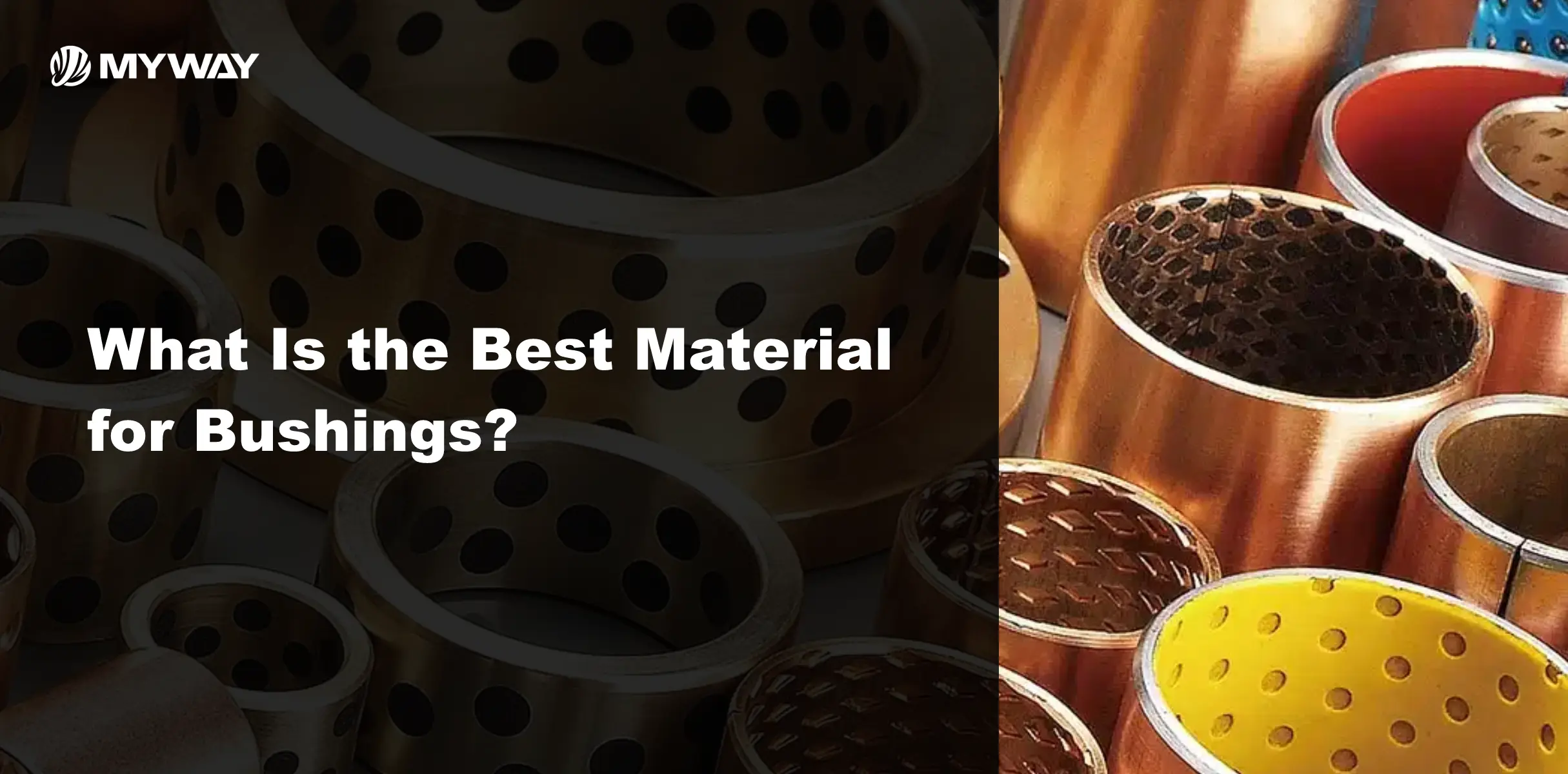
What Is the Best Material for Bushings?
– For high load, high temperatures, and heavy duty, consider bronze and steel.
– For corrosion resistance and heat conduction, copper is great.
– For self-lubricating and low maintenance, consider composites like PTFE or PEEK, or Nylon.
– For shock absorption and durability, nothing beats polyurethane.
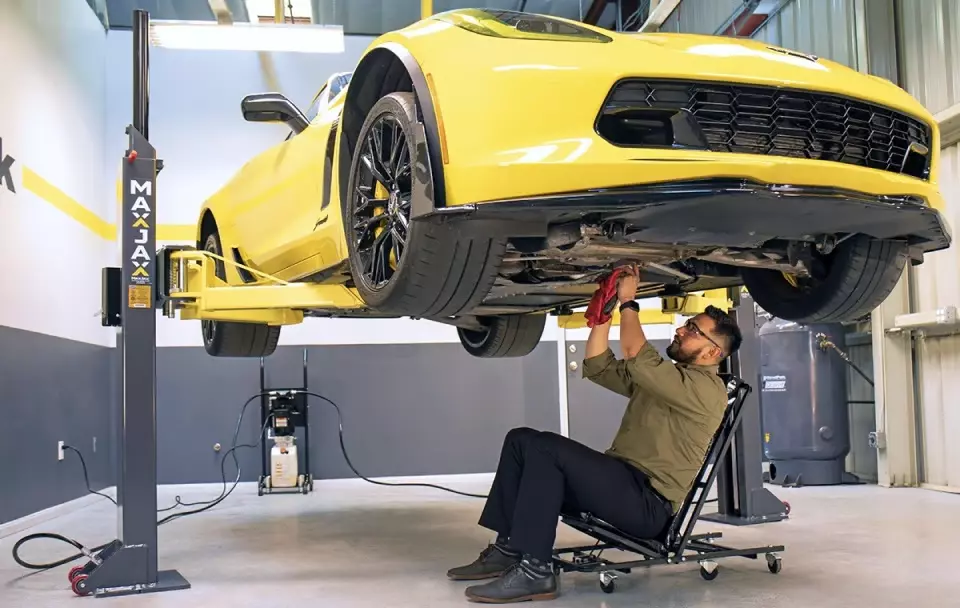
Can You Change Sway Bar Bushings Without Lifting a Vehicle?
When your car starts developing a clunking noise over bumps or feels less stable in corners, worn sway bar bushings are often the culprit.
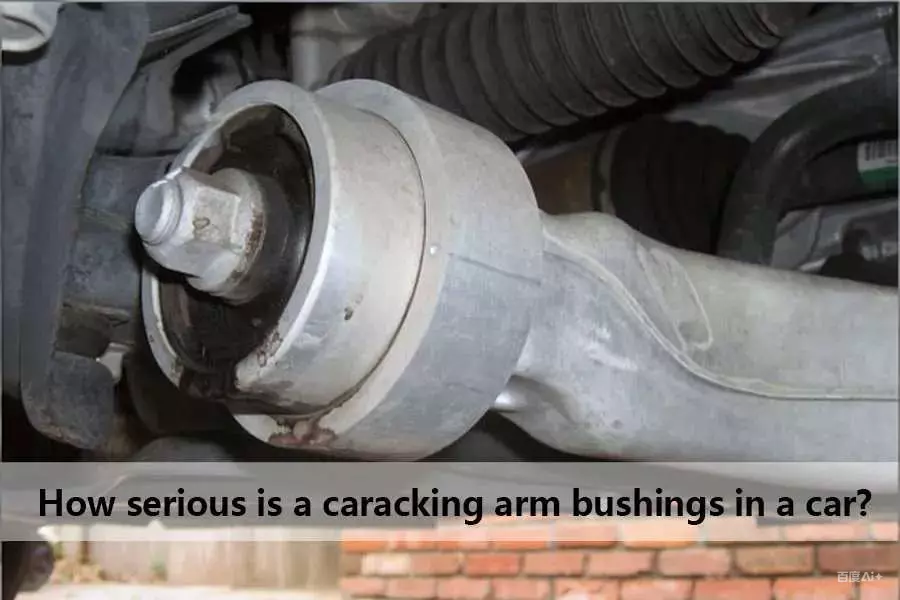
How Serious Are Cracked Control Arm Bushings in a Car?
If your mechanic points to a cracked piece of rubber on a control arm during an inspection, you might wonder if it’s a minor wear-and-tear issue or something that needs immediate attention.

Bush Patterns in Metal: Engineering Superior Performance in Plain Bearings
In the world of mechanical engineering, few components are as fundamental yet overlooked as the bush bearing. Also known as plain bearings or sleeve bearings, these components are essential for reducing friction between rotating or sliding surfaces.
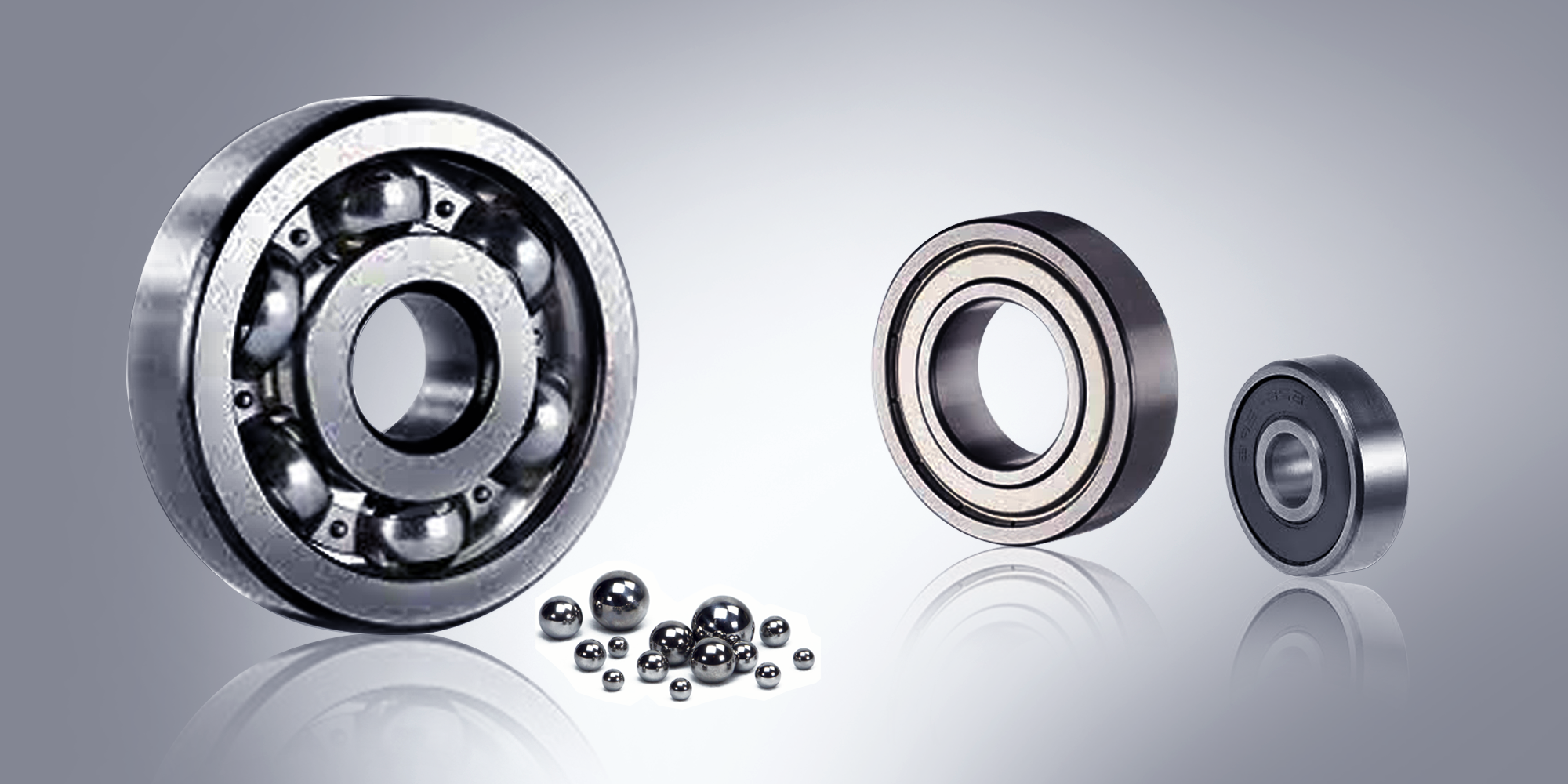
608 Bearings: Specifications, Applications and Selection
The 608 bearing represents one of the most versatile and widely used miniature deep-groove ball bearings in the industrial and consumer sectors. With standardized dimensions of 8mm bore diameter, 22mm outer diameter, and 7mm width, this compact yet powerful component efficiently handles both radial and axial loads while maintaining excellent high-speed performance.

Brass vs. Bronze Bushings
When it comes to industrial uses, choosing between brass and bronze bushings is very important for getting the best performance, longest life, and lowest cost.
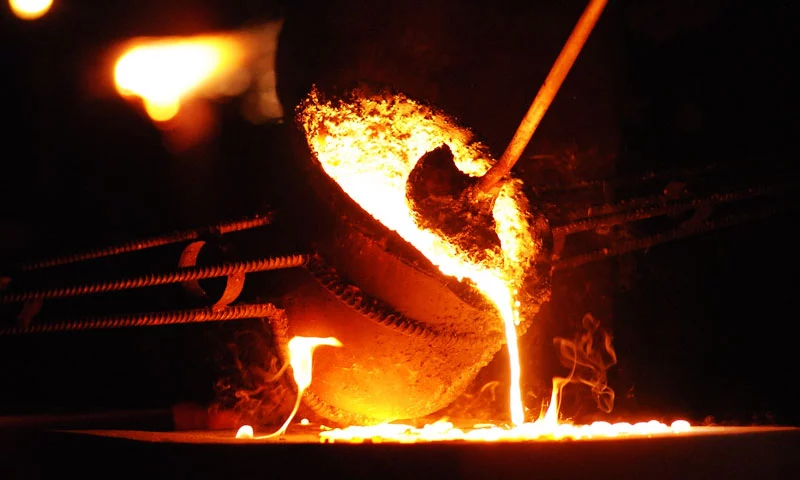
Bronze Bushings Melting Point: A Complete Guide for Bearing & CNC Part Designers
For engineers and manufacturers specializing in dynamic applications, understanding the melting point of bronze is not merely academic—it’s fundamental to designing high-performance self-lubricating bronze bushings that minimize downtime, extend service life, and reduce operational costs.
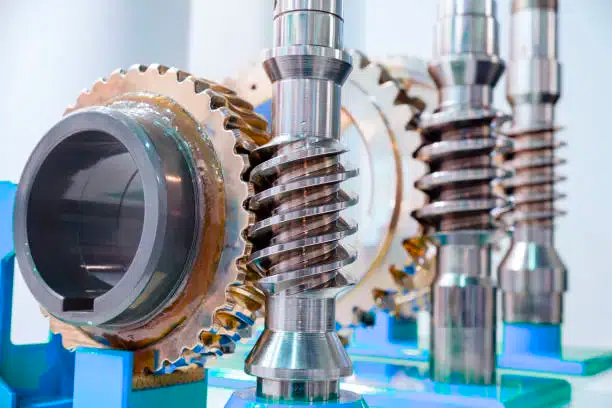
The Complete Technical Guide to Bronze Worm Wheels
Worm gear systems represent one of the most effective solutions for power transmission between non-intersecting shafts, typically at 90-degree angles. These systems consist of two primary components: the worm (a screw-like gear) and the worm wheel (a toothed wheel that meshes with the worm).
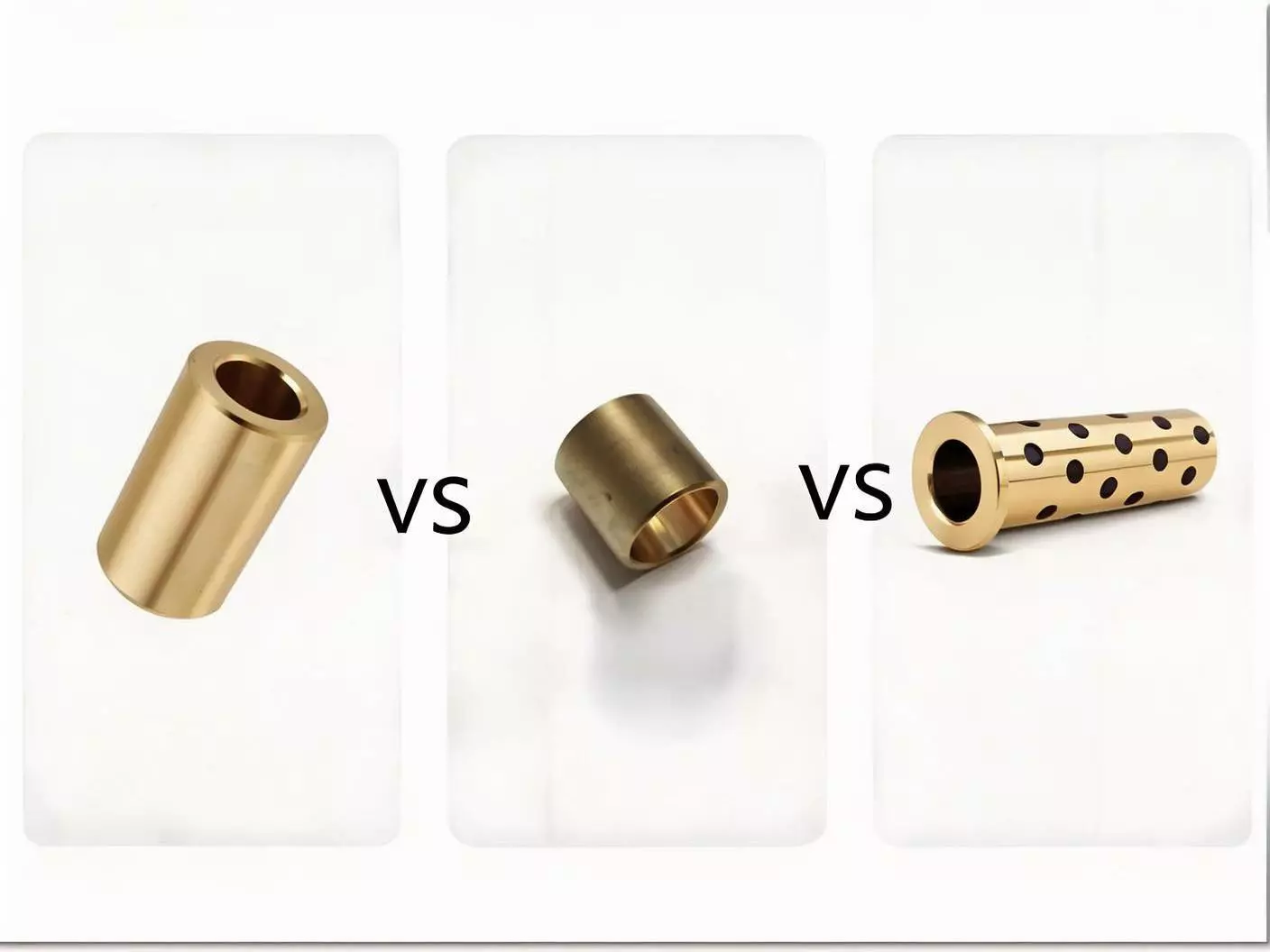
Bronze vs Brass vs Copper, What’s the Difference? How to choose?
Navigating the world of copper-based metals can be challenging for engineers and procurement specialists. While bronze, brass, and copper share a common foundation, each possesses distinct characteristics that significantly impact performance in industrial applications, particularly for components like bushings, bearings, and sleeves.
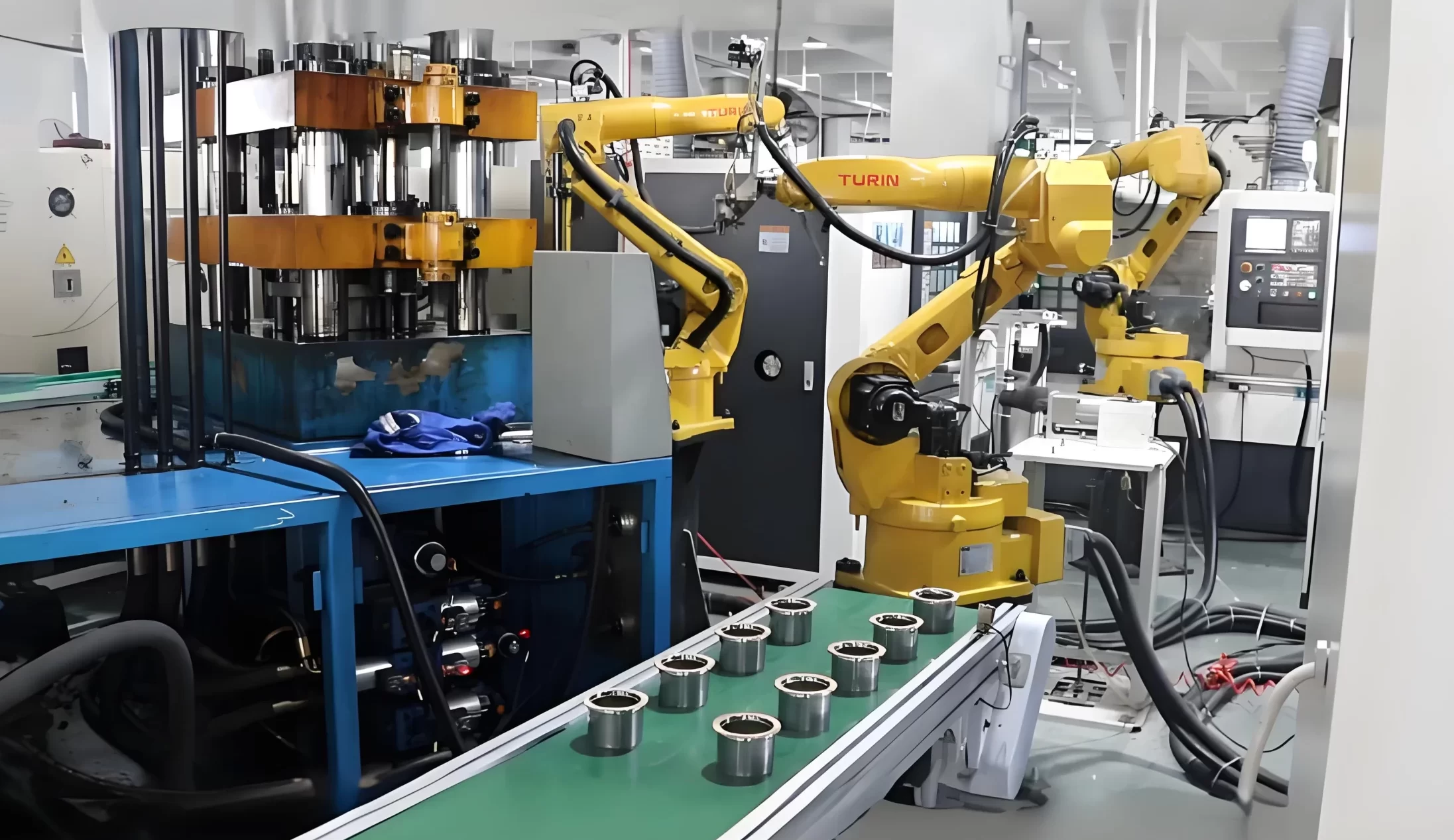
MYWAY: the Top Bushing Manufacturer in China
In the evolving global industrial landscape, bushings play a critical role in ensuring the efficiency and durability of machinery across sectors like automotive, construction, and renewable energy.
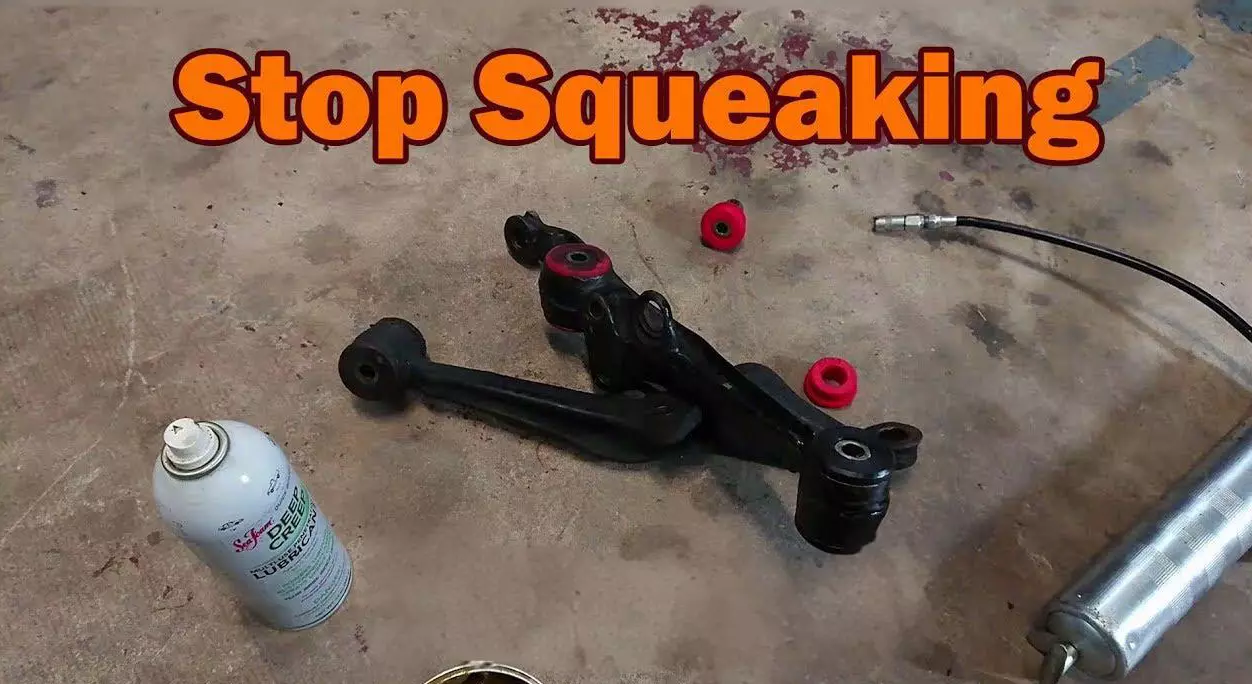
How to Stop Bushings from Squeaking
Squeaky bushings are more than just a nuisance—they can be early warning signs of premature wear and impaired vehicle handling. If you’ve noticed unsettling creaks and squeaks from your vehicle’s suspension, you’re not alone.
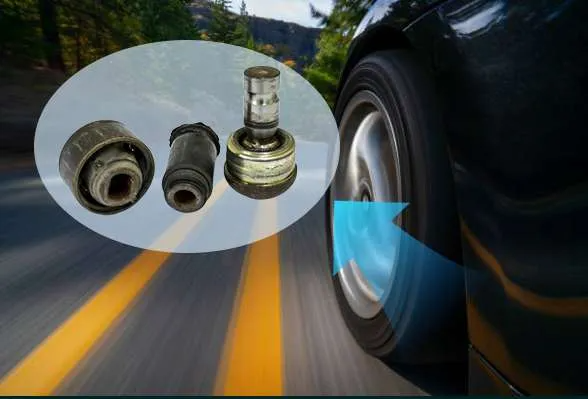
Is It Dangerous to Drive with Bad Bushings?
Vehicle bushings are among those components that most drivers rarely think about—until they fail. These seemingly simple pieces of suspension hardware play a vital role in your vehicle’s safety, handling, and performance. When they wear out, the consequences can range from minor annoyances to serious safety hazards.
